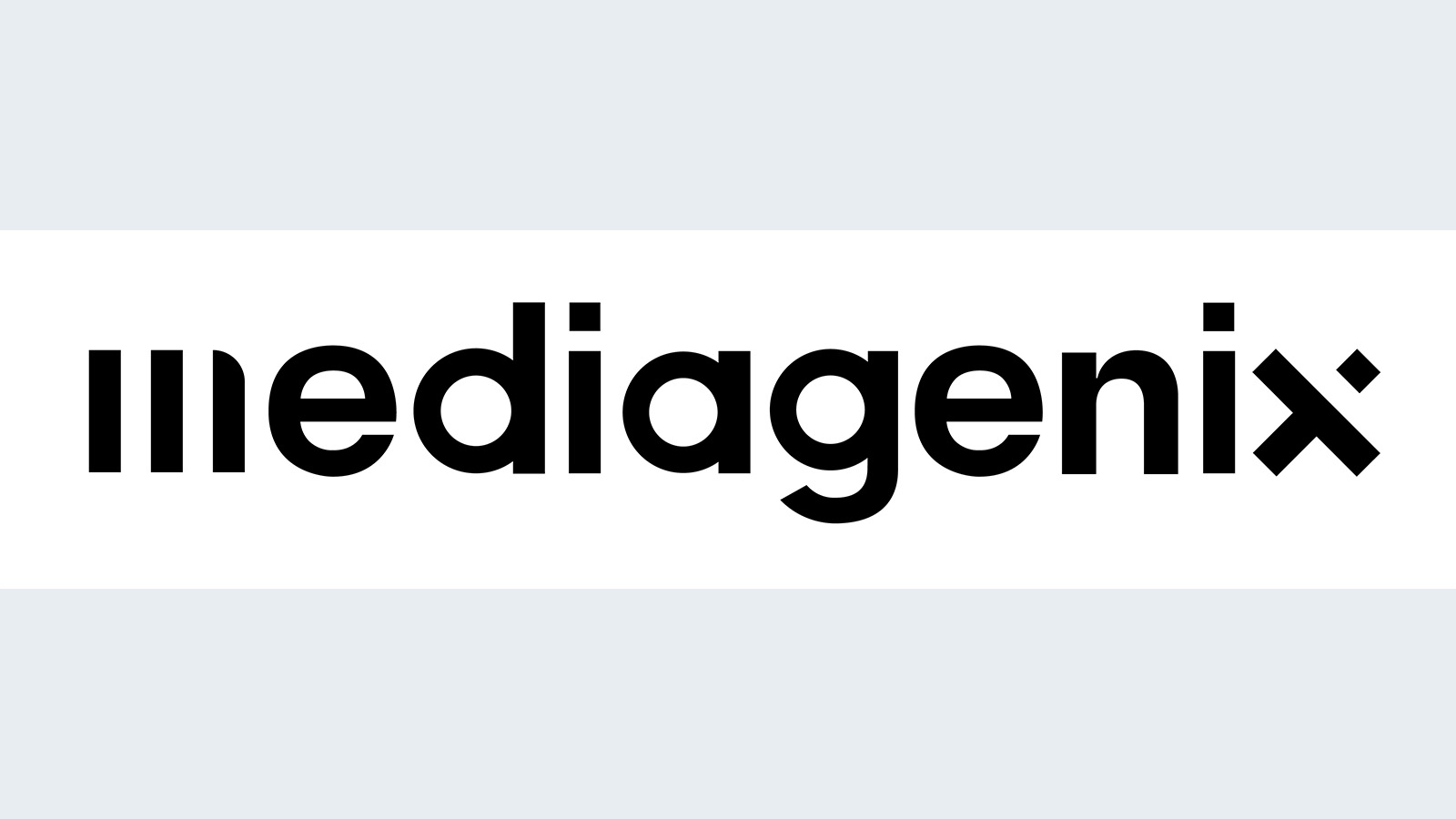ViaSat Transmits First Data Over ViaSat-1 Bird
On Wednesday ViaSat Inc. announced that it had successfully communicated with WildBlue Network Gateway and Satellite Broadband Terminals. The initial transmission and reception was completed the evening of Dec. 2 from a SurfBeam 2 terminal at ViaSat's Carlsbad, Calif. campus, through ViaSat-1 and a gateway located in Milford, Utah. ViaSat did not specify the uplink or downlink data rates but said the test included email, web surfing, and video streaming. The ViaSat-1 satellite has a total capacity of 140 Gbps.
"We have advanced satellite technology to the point that satellite can now be a better alternative for broadband Internet than DSL, and 3G / 4G wireless offerings for fixed home use--an enormous leap for satellite broadband technology," said Mark Dankberg, chairman and CEO of ViaSat. "The ViaSat-1 satellite will help bridge the 'digital divide' in the U.S., and we're confident that this new service has been designed in a way where it will be attractive to a large segment of the U.S. population--delivering both speed and value to the underserved."
Commercial service through ViaSat-1 is expected to begin before the end of this year. It will provide Ka-band high-speed broadband services for WildBlue in the U.S., Xplornet in Canada, and JetBlue Airways on its domestic U.S. fleet.
The professional video industry's #1 source for news, trends and product and tech information. Sign up below.

Doug Lung is one of America's foremost authorities on broadcast RF technology. As vice president of Broadcast Technology for NBCUniversal Local, H. Douglas Lung leads NBC and Telemundo-owned stations’ RF and transmission affairs, including microwave, radars, satellite uplinks, and FCC technical filings. Beginning his career in 1976 at KSCI in Los Angeles, Lung has nearly 50 years of experience in broadcast television engineering. Beginning in 1985, he led the engineering department for what was to become the Telemundo network and station group, assisting in the design, construction and installation of the company’s broadcast and cable facilities. Other projects include work on the launch of Hawaii’s first UHF TV station, the rollout and testing of the ATSC mobile-handheld standard, and software development related to the incentive auction TV spectrum repack. A longtime columnist for TV Technology, Doug is also a regular contributor to IEEE Broadcast Technology. He is the recipient of the 2023 NAB Television Engineering Award. He also received a Tech Leadership Award from TV Tech publisher Future plc in 2021 and is a member of the IEEE Broadcast Technology Society and the Society of Broadcast Engineers.
